By Chron Contributor Updated January 25, 2021
The Army National Guard rank system is the same as the Army's. As such, a major general in the National Guard would be a two-star general. He would hold an O-8 officer's rank, near the top of the military pay scale. Along with their basic major general salary, major generals who are in active duty can receive additional compensation and benefits.
Within the O-8 major general rank, pay levels vary according seniority, and can be determined using the Army National Guard's online Pay Calculator. While it's unlikely that someone with limited experience would enter the National Guard as a major general, an O-8 on active duty with two years of service would start at
$11,360 per month, as of 2021. At 10 years of service, O-8s earn $12,579 monthly, and after reaching a 20-year anniversary, an O-8 would earn $14,730.
A major general's active duty pay continues increasing from that point until it plateaus at $15,858 per month after 34 years of military service. Major generals of the same level of service are all on the same standardized pay system.
A major general's pay is subject to two limitations. First, anyone with a rank between O-7 and O-10 is capped by the Federal Executive Schedule's level two. Second, when a major general serves in a combat zone, only a portion of his pay may be tax-free, although he can exclude monthly hostile fire or imminent danger pay. Tax rules change from year to year and can be found in the lastest Armed Forces' Tax Guide.
Major generals also receive a food allowance, an additional food allowance for their family, and a small allowance if they have to separate from their family. The National Guard also offers special pay when the officer finds himself in a hazardous situation.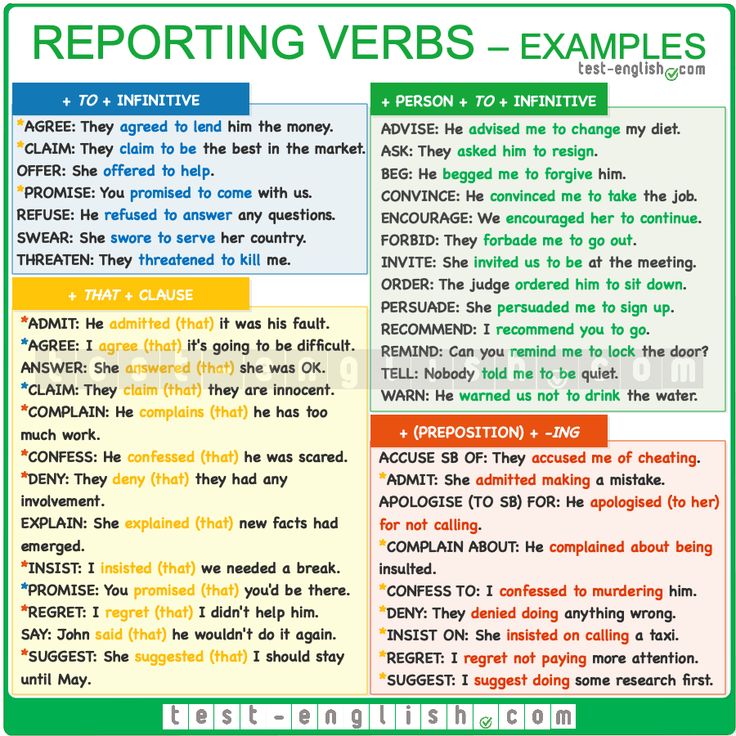
Some states like Texas offer additional benefits to encourage enlistment in the guards. The Texas Military Department offers paid military leave for state employees; free hand gun, hunting and fishing licenses; waiver of toll-road fees; college tuition; and job protections, for example.
Every major general also gets access to the National Guard's benefit package. These include paid vacation, health insurance and access to a military pension. Pensions are based on the major general's highest-paid years and continue for the rest of his life after he retires. To qualify for major general retirement pay, he must also have at least 20 years of military service.
References
 org: Army Major General Pay
org: Army Major General Pay US Markets Loading... H M S In the news
Chevron iconIt indicates an expandable section or menu, or sometimes previous / next navigation options.HOMEPAGEMilitary & Defense
Save Article IconA bookmarkShare iconAn curved arrow pointing right.Download the app
US service members across all branches conduct state funeral services for former President George H.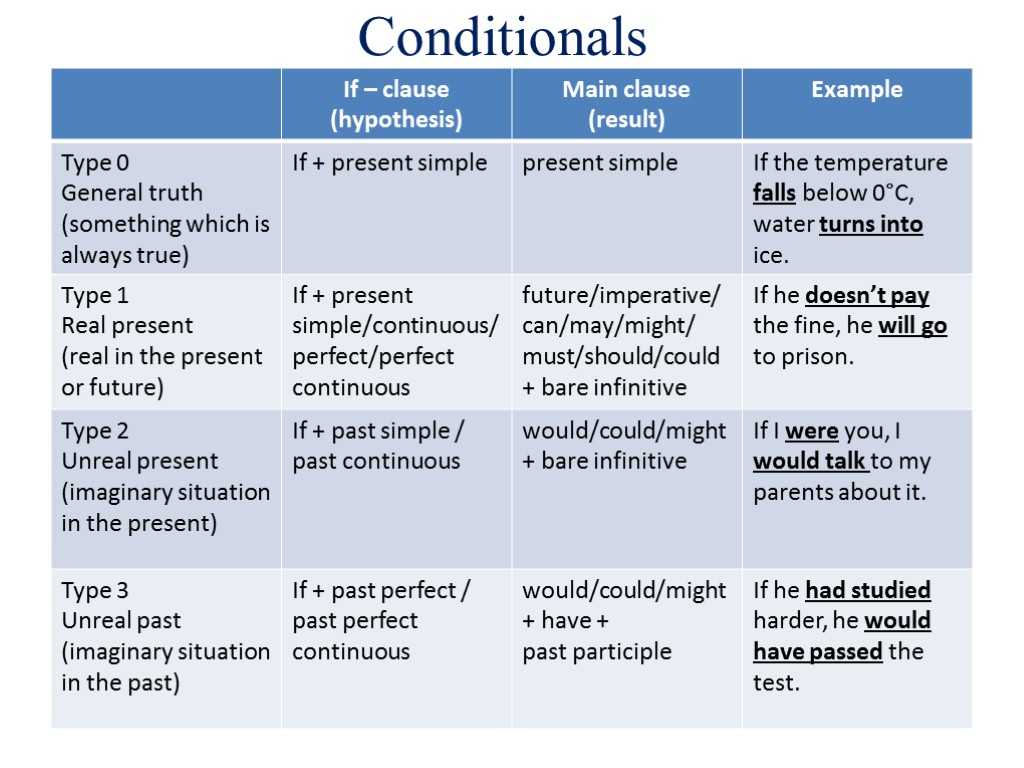 W. Bush. Spc. James Harvey/US Army
W. Bush. Spc. James Harvey/US Army Thanks for signing up!
Access your favorite topics in a personalized feed while you're on the go.
How much are US troops paid?
The answer to that question depends on their rank, time in service, location of duty station, family members, and job specialty — just to name a few.
Other benefits, like government healthcare and tax-free portions of their pay, help service members stretch their earnings a bit farther than civilian counterparts.
To give you an idea, we broke down their monthly salary, or base pay, for each rank. We estimated their pay rate based on how many years they've typically served by the time they reach that rank — many service members spend more time in each rank than we've calculated, while some troops spend less time and promote more quickly.
We also didn't include factors like housing allowance because they vary widely, but these are often a large portion of their compensation. We also didn't include warrant officers, whose years of service can vary widely.
Each military branch sets rules for promotions and implements an "up or out" policy, which dictates how long a service member can stay in the military without promoting.
The full military pay chart can be found here.
Here is the typical annual base pay for each rank.
 Christian Garcia/US Marine Corps
Christian Garcia/US Marine Corps E-1 is the lowest enlisted rank in the US military: Airman Basic (Air Force), Private (Army/Marine Corps), Seaman Recruit (Navy). Service members usually hold this rank through basic training, and automatically promote to the next rank after six months of service.
Rounded to the nearest dollar, base pay (salary) starts at $1,695 per month at this rank. After four months of service, pay will increase to $1,833 per month.
The military can demote troops to this rank as punishment.
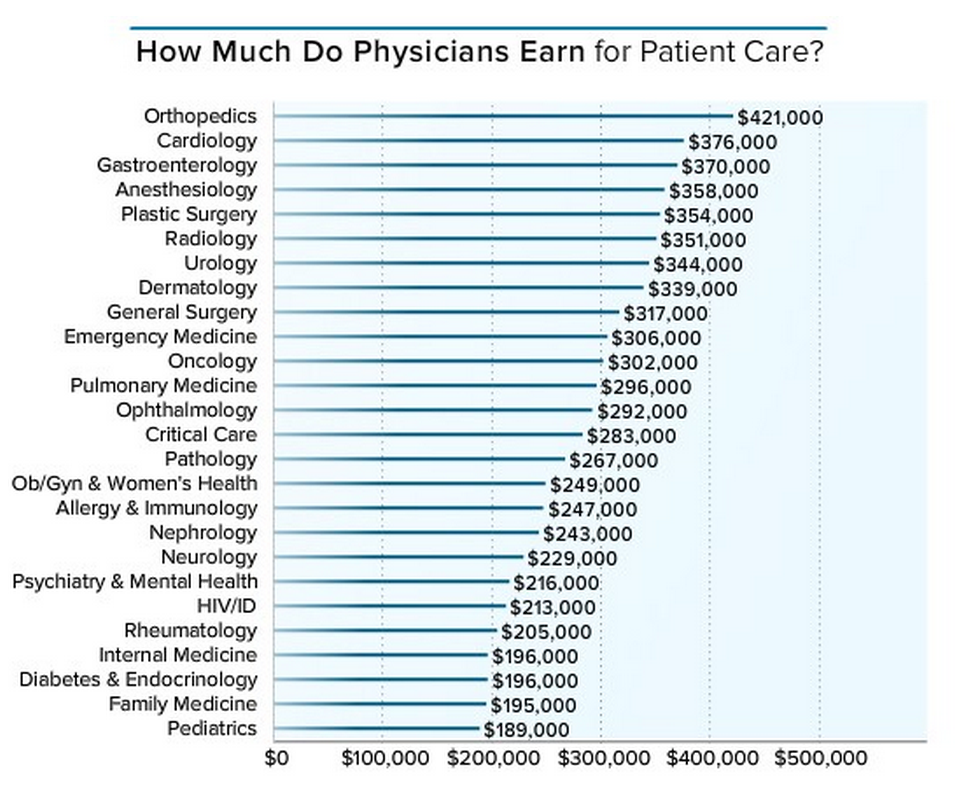 Mass Communications Specialist Seaman Apprentice Ignacio Perez/US Navy
Mass Communications Specialist Seaman Apprentice Ignacio Perez/US Navy Service members automatically promote to the E-2 paygrade — Airman (Air Force), Private (Army), Private 1st Class (Marine Corps), Seaman Apprentice (Navy) — after 6 months of service.
Their pay increases to $2,054 per month.
 strums his guitar on the USS Kearsarge during a deployment. Lance Cpl. Antonio Garcia/US Marine Corps
strums his guitar on the USS Kearsarge during a deployment. Lance Cpl. Antonio Garcia/US Marine Corps Promotion to the E-3 occurs automatically after 12 months of service. Airman 1st Class (Air Force), Private 1st Class (Army), Lance Corporal (Marine Corps), Seaman (Navy).
Basic pay is $2,160 at this rank.
 Staff Sgt. Alexandre Montes/US Air Force
Staff Sgt. Alexandre Montes/US Air Force Although time in service requirements vary between each branch, service members who promote to E-4 typically have at least two years of service. Senior Airman (Air Force), Specialist/Corporal (Army), Corporal (Marine Corps), Petty Officer 3rd Class (Navy)
If an E-3 doesn't advance in paygrade after two years, their pay will still increase to $2,296.
For those who do make E-4 with two years, pay will increase to $2,515 per month. Some service members will promote to the next rank after just one year at this paygrade — those who remain at the E-4 level will see a pay raise to $2,652 per month after spending three years in service.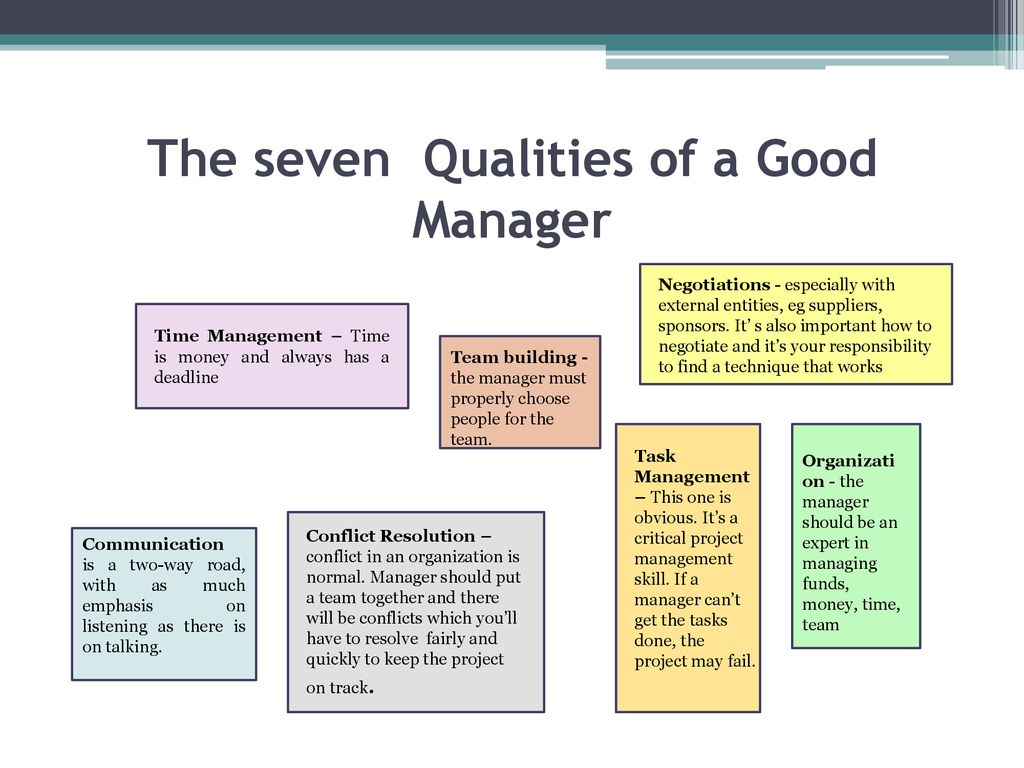
Promotions are no longer automatic, but troops can advance to E-5 with as little as three years in service. Those ranks are Staff Sergeant (Air Force), Sergeant (Army/Marine Corps), Petty Officer 2nd Class (Navy).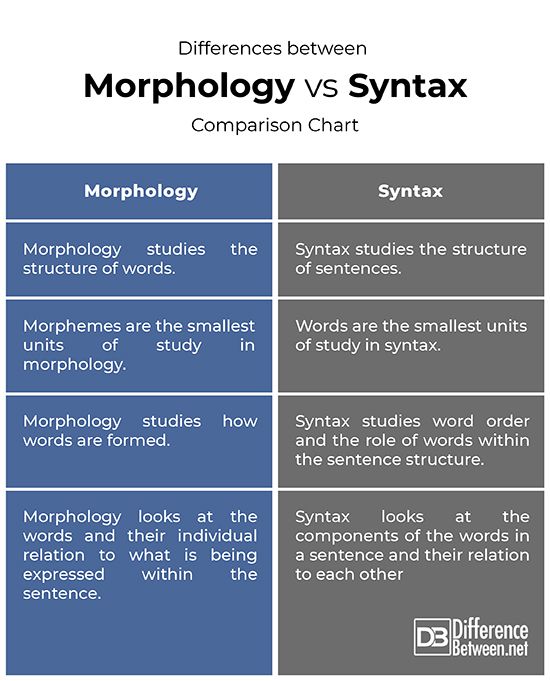
For these troops, their new paychecks will come out to $2,920 per month.
Service members will commonly spend at least three years at this paygrade. While they do not advance in rank during that time, their pay will still increase along with their time in service.
Four years after enlistment, an E-5 will make $3,058 per month. After six years of service, their pay will increase again — even if they do not promote — to $3,273 per month.
 Mass Communications Specialist 1st Class Patrick Grieco/US Navy
Mass Communications Specialist 1st Class Patrick Grieco/US Navy It is unusual for a service member to achieve the rank of E-6 — Technical Sgt. (Air Force), Staff Sgt. (Army/Marine Corps), Petty Officer 1st Class (Navy) — with fewer than six years of service.
An "E-6 with six" takes home $3,548 per month.
After another two years in the service, that will increase to $3,864 in monthly salary, equating to approximately $46,368 per year.
Achieving the next higher paygrade, E-7, before serving for 10 years is not unheard of but not guaranteed. If an E-6 doesn't advance by then, they will still receive a pay raise, taking home $3,987 a month.
Their next pay raise occurs 12 years after their enlistment date, at which point their monthly pay will amount to $4,225.
Achieving the coveted rank of E-7 — Master Sergeant (Air Force), Sgt. 1st Class (Army), Gunnery Sgt. (Marine Corps), Chief Petty Officer (Navy) — with fewer than 10 years of service is not common, but it can be done.
(Marine Corps), Chief Petty Officer (Navy) — with fewer than 10 years of service is not common, but it can be done.
Those who achieve this milestone will be paid $4,302 a month, increased to $4,440 per month after reaching their 10-year enlistment anniversary.
Some service members retire at this paygrade — if they do, their pay will increase every two years until they become eligible to retire. When they reach 20 years, their pay will amount to $5,232 per month — or $62,784 yearly.
The military places a cap on how long each service member can spend in each rank. Commonly referred to as "up or out," this means that if a service member doesn't advance to the next rank, they will not be able to reenlist. While these vary between branches, in the Navy that cap occurs at 24 years for chief petty officers.
A chief with 24 years of service makes $5,528 per month.
 Mass Communications Specialist 1st Class James Foehl/US Navy
Mass Communications Specialist 1st Class James Foehl/US Navy Service members may promote to E-8 — Senior Master Sgt. or 1st Sgt. (Air Force), 1st Sgt. or Master Sgt. (Army), Master Sgt. or 1st Sgt. (Marine Corps), Senior Chief Petty Officer (Navy) —with as little as 12 years of service.
At that point, they will receive $5,078 per month.
Troops who retire as an E-8 after 20 years of service will take home a monthly salary of $5,860 — or $70,320 per year.
If they stay in past that point, they will receive raises every two years.
An E-8 with 28 years in the service makes $6,626 monthly.
The Army's up-or-out policy prevents more than 29 years of service for each 1st Sgt. or Sgt. Maj.
E-9s have anywhere from 15 to 30 years of experience, although few selected for specific positions may exceed 30 years of service. Their titles are Chief Master Sgt. (Air Force), Sgt. Maj. (Army), Master Gunnery Sgt. or Sgt. Maj. (Marine Corps), Master Chief Petty Officer (Navy).
Their titles are Chief Master Sgt. (Air Force), Sgt. Maj. (Army), Master Gunnery Sgt. or Sgt. Maj. (Marine Corps), Master Chief Petty Officer (Navy).
Service members who achieve this rank with 15 years of experience will be paid $6,279 per month.
They'll receive their next pay raise when they reach 16 years, and take home $6,477 monthly.
After 20 years, they will take home $6,790 — that's $81,480 yearly when they reach retirement eligibility.
Some branches allow E-9s to stay in the military up to 32 years, at which point they will make $8,151 — or $97,812 per year.
Compared to enlisted service members with the same amount of experience, military officers make considerably more money.
A freshly commissioned O-1 — 2nd Lt. (Army/Marine Corps/Air Force), Ensign (Navy) — earns $3,477 per month in base pay alone.
Officers are automatically promoted to O-2 after two years of service. This is a highly anticipated promotion, as it marks one of the largest individual pay raises officers will see during their careers. Those ranks are 1st Lt. (Air Force/Army/Marine Corps), Lt. j.g. (Navy).
Those ranks are 1st Lt. (Air Force/Army/Marine Corps), Lt. j.g. (Navy).
An O-2 earns $4,562 per month.
Officers will receive a pay raise after reaching three years in service.
Using the Army's average promotion schedule, officers will achieve the next rank automatically after four years in the service.
New captains and lieutenants, with four years of service, make $6,185 per month. At this rank, officers will receive pay raises every two years.
By the time they reach the rank of O-4, military officers will have spent an average of 10 years in the service. Maj. (Air Force/Army/Marine Corps), Lt. Cmdr. (Navy)
Maj. (Air Force/Army/Marine Corps), Lt. Cmdr. (Navy)
A major or lieutenant commander with a decade of experience takes home $7,891 per month, or $94,692 a year. Officer pay continues to increase with every two years of additional service.
O-4 pay is capped at $8,805 a month, so if an officer wants to take home more than $105,660 — additional pay, bonuses and allowances aside — they'll have to promote to O-5.
Officers typically spend at least 17 years in the military before promoting to O-5.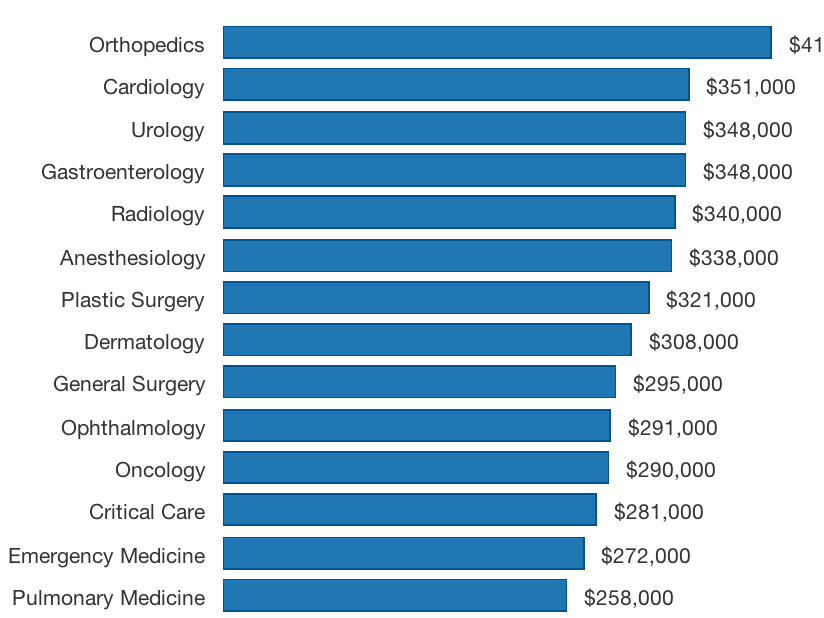
They'll take home $9,543 per month until their 18-year commissioning anniversary, at which point they'll earn $9,813 per month. Those ranks are Lt. Col. (Air Force/Army/Marine Corps), Cmdr. (Navy).
After 18 years in the military, officers receive annual compensation of nearly $117,756 a year.
"Full bird" colonels and Navy captains, with an average 22 years of service, are compensated $11,823 per month.
Officers who do not promote to become a general or admiral must retire after 30 years of service. At this point, they will be making $12,979 a month, or roughly $155,748 per year.
Promotion to brigadier general and rear admiral depends on a wide range of variables, including job availability. An officer who is promoted to O-7 with 25 years experience will receive a monthly pay of $14,162.
An officer who is promoted to O-7 with 25 years experience will receive a monthly pay of $14,162.
Each of these ranks carries its own mandatory requirement; similar to the enlisted "up or out" policies, officers must promote to the next higher rank or retire.
Officers who have spent less than five years at the lowest flag rank must retire after 30 years of service.
Generals and admirals with two stars — Maj. Gen. (Air Force/Army/Marine Corps), Rear Adm. (Navy) — must retire after their 35th year in the military.
Gen. (Air Force/Army/Marine Corps), Rear Adm. (Navy) — must retire after their 35th year in the military.
At this point, they will be earning $16,774 per month, or $201,288 a year.
Military officer pay is regulated and limited by US Code.
Both three- and four-star admirals and generals who stay in the service long enough will receive the maximum compensation allowed by the code. These ranks are vice admiral for the Navy and lieutenant general for the other branches.
Excluding additional pays, cost of living adjustments, and allowances, these officers make up to $16,974 every month.
That's about $203,688 a year.
Regardless of continued time in service, once a military officer achieves the four-star rank of general or admiral, they will no longer receive pay raises and are capped at $16,974 per month.
Read next
Features military & defense military payMore...
On the eve of February 23, Defender of the Fatherland Day, President Vladimir Putin conferred general ranks on 62 representatives of various law enforcement agencies at once. In the Armed Forces, 22 people received big stars for shoulder straps, and representatives of the National Guard, the Ministry of Internal Affairs, the Federal Penitentiary Service, the Federal Customs Service and the Ministry of Emergency Situations received a promotion. For what merits in Russia are they awarded general ranks? The general rule, in short, is this: the rank must correspond to the position. If he received a general's position, this should be followed by a general's rank. nine0003
For what merits in Russia are they awarded general ranks? The general rule, in short, is this: the rank must correspond to the position. If he received a general's position, this should be followed by a general's rank. nine0003
Assigning the rank of general is perhaps the most important milestone in the career of a representative of law enforcement agencies after graduating from a specialized school (military or other law enforcement agency). Few of the service people reach this top of the career ladder. To become a colonel from a lieutenant is a completely solvable task for a disciplined and intelligent officer of the Armed Forces, one might even say that this is a normal career path. But to grow from a colonel to generals (higher officers) means a transition to a fundamentally different level, and far from everyone can do this. nine0003
Significant service achievements, high professionalism, and good relations with colleagues are required to join the caste of senior officers of the RF Armed Forces. And, of course, luck also matters. Even experienced officers who have served for many years sometimes do not always know thoroughly how and by what principles the procedure for selecting candidates for the rank of general takes place.
And, of course, luck also matters. Even experienced officers who have served for many years sometimes do not always know thoroughly how and by what principles the procedure for selecting candidates for the rank of general takes place.
The number of generals in the Armed Forces (as in other power structures) is clearly limited and regulated. There are regulations according to which a strictly defined number of senior officers must correspond to the number of military personnel they must command. To greatly simplify, then (using the example of the Ground Forces) one general commands a division - that is, about ten thousand people. Exact data on the number of generals is not published, but it is generally accepted that the Ministry of Defense, for example, has about a thousand of them. In other words, if a certain colonel is given the rank of general, this means that a certain general retired shortly before. nine0003
However, if the first general's star (the rank of major general) is extremely difficult to obtain, then two stars (the rank of lieutenant general) and even three (colonel general) with successful service in the future are quite achievable. Unless, of course, the applicant meets the necessary service criteria. The thing is that the total number of generals with such an increase in rank does not increase.
Unless, of course, the applicant meets the necessary service criteria. The thing is that the total number of generals with such an increase in rank does not increase.
The fundamental difference between the rank of general and other, lower officer ranks in the Armed Forces is that only the head of state can include an officer in the general staff by his decision - that is, this is the prerogative of the political leadership of the country. Whereas the ranks from lieutenant to colonel are assigned within the law enforcement agencies. Several times a year, on the eve of major public holidays (for example, the same February 23), the president issues a corresponding decree. It lists by name representatives of law enforcement agencies, to whom the head of state assigns general ranks. And what exactly this rank will be - from major general to army general - depends on the position occupied by the soldier. nine0003
Let's say a division commander will almost certainly get the rank of major general, but he will no longer be promoted to lieutenant general - not by rank. In the same way, never become a major general to the chief of staff of a division, and walk him in colonels until he becomes a division commander.
In the same way, never become a major general to the chief of staff of a division, and walk him in colonels until he becomes a division commander.
Let's take a specific example with the current assignment of the rank of Colonel General to Sergei Kuzovlev. Sergey Yuryevich began his journey to the stars in 1990, having graduated from the Ryazan Higher Airborne Command School (RVVDKU) and received lieutenant shoulder straps. He passed all stages of military service and received the rank of Major General in 2014 as Chief of Staff of the 58th Army of the Southern Military District. He was promoted to lieutenant general in 2017, when he already commanded the 8th Guards Combined Arms Army. In the same rank, he remained in the position of chief of staff - first deputy commander of the troops of the Southern Military District. Since November 2020, Kuzovlev has been the head of the Group of Forces of the Russian Armed Forces in Syria, and this position has been equated with the commander of the military district and is a colonel general. nine0003
nine0003
By the way, the rank of "colonel general", as well as "general of the army", in Russia are for life and "state". Their owners, in addition to benefits and increased pensions, even after retirement or retirement (the service life limit is 65 years) have the right to use a company car (there is a limit on fuel consumption), and they also have an adjutant / guarantor at their disposal. The “three-star” generals also retain their service apartments and dachas, but, as a rule, they are either privatized during their service, or new ones are built / bought. Those with the military ranks of "major general" and "lieutenant general" have no such benefits. nine0003
From the current list of new ranks, which, in addition to Sergey Kuzovlev, are five lieutenant generals, two vice admirals (corresponding to the army rank of “lieutenant general”), 11 major generals and three rear admirals (corresponding to the army rank “ major general"), all military personnel received new stars according to their positions.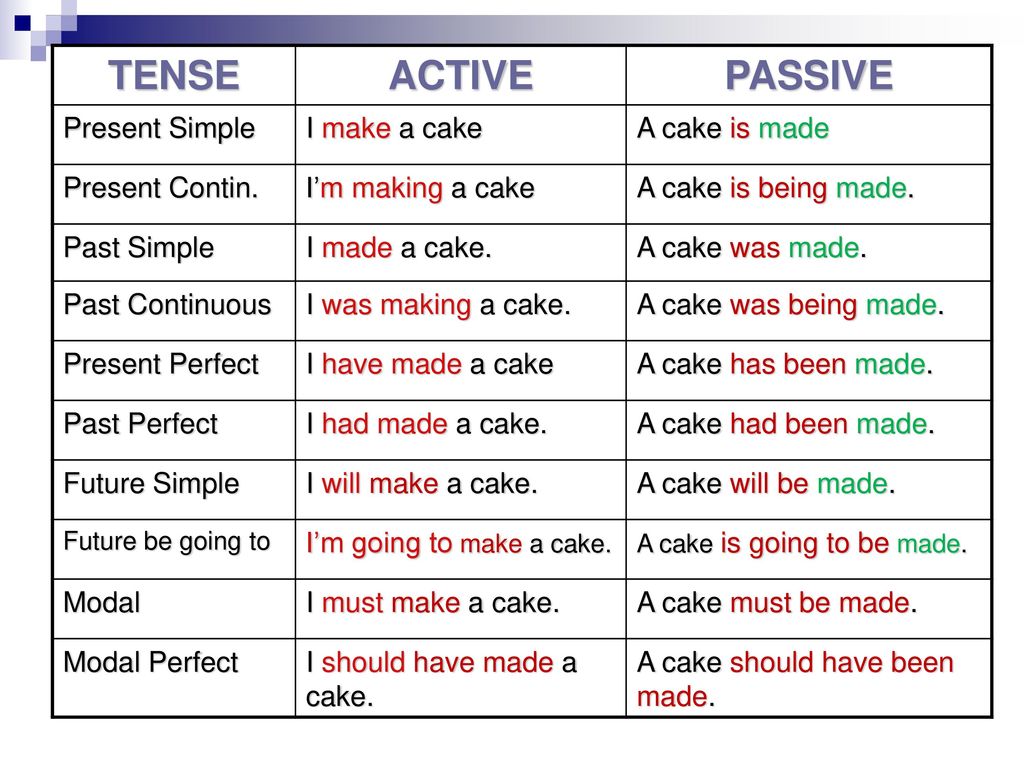
When conferring general ranks, merit in military service and, of course, education are taken into account. It is not necessary to graduate from the Academy of the General Staff, but here is a specialized academy, for example, the Combined Arms Academy. Frunze or Naval them. Kuznetsov - definitely. Those who have not graduated from the academy have no chance of becoming a general (and most often a colonel). And, say, Andrey Vernigora, who has now received the rank of Vice Admiral, in his current “non-military” position as head of the Department of Defense for Ensuring State Defense Orders, graduated from the Naval Academy, served on submarines of the Pacific Fleet, and then also graduated from the Financial Academy under the Government of the Russian Federation . nine0003
There are also requirements for length of service in the relevant position. According to the most important document in this matter - the Regulations on the procedure for performing military service - the military rank of a senior officer can be awarded to a soldier after at least two years of his military service in the previous military rank and at least one year in the military position (position) held, subject to replacement by senior officers. All positions in the Armed Forces are always occupied by officers in two ranks - in the lower one, in which this officer was appointed to this position, and in the higher one, which was assigned to the officer after being in this position. That is, as planned, a certain major general should serve in the position of lieutenant general for at least a year - and only then be promoted. nine0003
All positions in the Armed Forces are always occupied by officers in two ranks - in the lower one, in which this officer was appointed to this position, and in the higher one, which was assigned to the officer after being in this position. That is, as planned, a certain major general should serve in the position of lieutenant general for at least a year - and only then be promoted. nine0003
However, the wording “may be assigned”, of course, does not give any guarantee that it will be assigned within a strictly defined period. A colonel can serve as a general for two years, or three, or four, and still not wait for a promotion. And never wait until you retire. Some because of unsuccessful performance of duties, some for disciplinary offenses, and some for other reasons - including due to the lack of the luck that was discussed above. nine0003
And there are other cases - an officer will serve in a new position for only a few months and immediately appear on the list of those presented.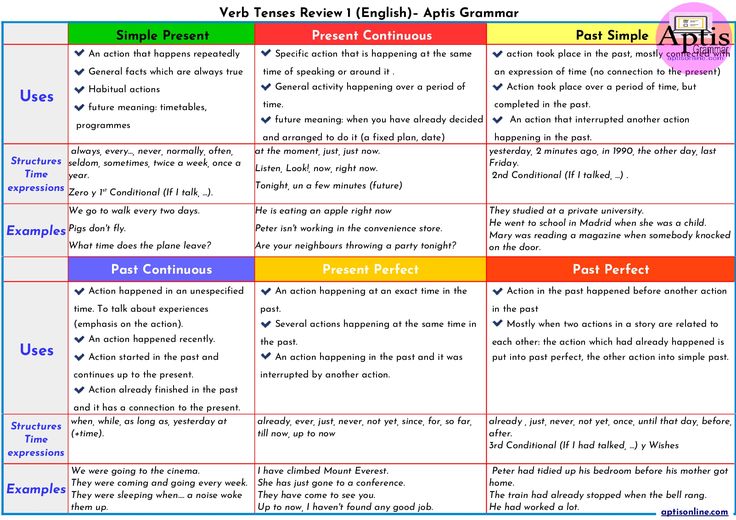 For example, Sergei Kuzovlev received a major general just a month after his appointment as chief of staff of the army, but before that he had been a colonel for almost nine years and commanded brigades, which did not open the way to the stars.
For example, Sergei Kuzovlev received a major general just a month after his appointment as chief of staff of the army, but before that he had been a colonel for almost nine years and commanded brigades, which did not open the way to the stars.
What causes this difference? Some answers could be given by representatives of the personnel services of law enforcement agencies. In addition, submissions for promotion in ranks are made by the immediate superiors of the serviceman. All current newly minted and promoted generals in the assignment of the next ranks to some extent depend on their superiors and higher command. However, since they were appointed to positions that imply an extra star on shoulder straps, it means that they have normal relations with their superiors. A promotion in rank is both a form of encouragement and an incentive for further conscientious service. nine0003
In other power structures, the situation with the assignment of general ranks is generally similar to that of the Ministry of Defense.

There they are special, as, for example, in the Ministry of Internal Affairs, where they are called "major general of the police" or "major general of the internal service", there are generals of the internal service in the State Fire Service, as well as in the Federal Penitentiary Service. In the FCS, special ranks sound like "general of the customs service." In the Investigative Committee and the Prosecutor's Office there is the title of "general of justice". nine0003
In the troops of the National Guard of the Russian Federation and among the military personnel of the Ministry for Civil Defense, Emergency Situations and Elimination of Consequences of Natural Disasters, military ranks are equated to army ones. Here we can recall the rank of General of the Army Sergei Shoigu, which he received as head of the Ministry of Emergency Situations, and when he was appointed Minister of Defense, he did not have to change it.
But the head of Chechnya, Ramzan Kadyrov, has two general ranks at once: in 2009, President Dmitry Medvedev handed him the epaulettes of Major General of the Ministry of Internal Affairs, and last year President Vladimir Putin awarded him the rank of Major General of the Russian Guard.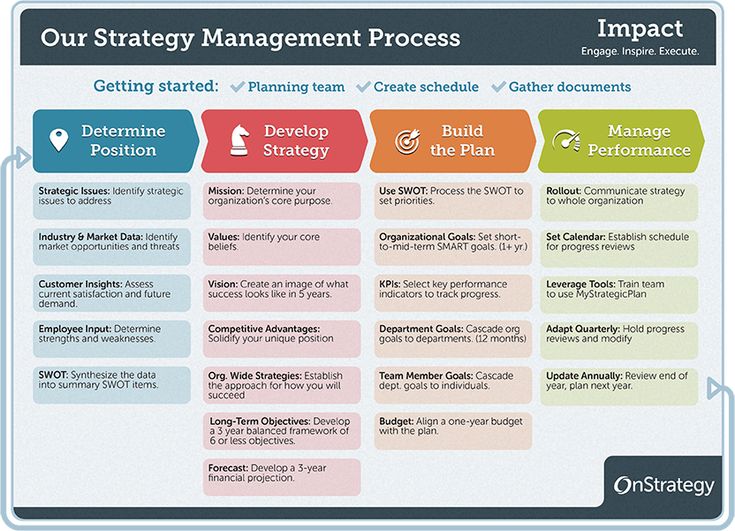 By the way, in 2020, on the eve of February 23, general ranks were awarded to 84 representatives of various law enforcement agencies. Here we can only say that this is the president's right - Ramzan Akhmatovich did not graduate from the "academies". nine0003
By the way, in 2020, on the eve of February 23, general ranks were awarded to 84 representatives of various law enforcement agencies. Here we can only say that this is the president's right - Ramzan Akhmatovich did not graduate from the "academies". nine0003
However, other representatives of “civilian” professions also go to the generals. For example, when Mikhail Babich was appointed Deputy Head of the Federal Service for Military-Technical Cooperation on January 20, 2021, President Putin also awarded him the rank of Major General by a separate decree. Mikhail Viktorovich has a military education - in 1990 he graduated from the Ryazan Higher Military Command School of Communications, but in 1995 he quit and went into commerce, and then entered the civil service. Babich held many different positions, was even an ambassador to Belarus and a deputy of the State Duma, but they had nothing to do with the Armed Forces. For five years of service in the army, he rose to the rank of captain and could only receive other military ranks as a reserve officer. It is noted that his new position is "on the verge of a diplomatic, economic and military direction." Whether it implies the assignment of a general's rank is not specified. His boss, the head of the FSMTC, Dmitry Shugaev, is an active state adviser of the 3rd class, which corresponds to the military rank of major general, but military shoulder straps are not provided. nine0003
It is noted that his new position is "on the verge of a diplomatic, economic and military direction." Whether it implies the assignment of a general's rank is not specified. His boss, the head of the FSMTC, Dmitry Shugaev, is an active state adviser of the 3rd class, which corresponds to the military rank of major general, but military shoulder straps are not provided. nine0003
The US military is considered the most powerful in the world. The constant maintenance of combat capability requires considerable financial costs: the salary in the US Army exceeds the salary in most other countries. So how much do the military in America earn? In any case, they are paid more than in the CIS countries. The exact numbers, including by rank, are given below.
The American army is huge in its composition and strength. The elements of the US Army organizational chart span the scale from the individual soldier to the largest building block in common use, the corps. Between them are the intermediate elements of the organization of the army, including squad, platoon, company, battalion, brigade and division. nine0003
Between them are the intermediate elements of the organization of the army, including squad, platoon, company, battalion, brigade and division. nine0003
As you move up the organizational hierarchy, the elements get larger and also include more combat support units. As a rule, a company is the smallest army unit, which must be given a designation and connection with a higher headquarters at the battalion and brigade level.
Here is a summary of the various controls in the US Army:

 In some cases, a brigadier general may take command. Armor, ranger and special forces units of the same size are called regiments or groups rather than brigades. nine0062
In some cases, a brigadier general may take command. Armor, ranger and special forces units of the same size are called regiments or groups rather than brigades. nine0062  An army group plans and directs theater campaigns and includes two or more field armies under the command of a designated commander.
An army group plans and directs theater campaigns and includes two or more field armies under the command of a designated commander.
As of July 2021, the average military salary in the United States is about $43,400 per year. This is equivalent to $835 per week, or $3,616 per month, or about $20.86 per hour. nine0003
Please note that the amounts shown are, in American tradition, before taxes.
The job and income website ZipRecruiter.com reports that the US military pays between $17,500 and $100,000. At the same time, most US military salaries currently range from $24,000 to $50,000. The top 10% of the highest paid military personnel in the US have a salary of $75,000 annually.
And here is a list of 10 American cities in America where military salaries are the highest (data for 2021):
| City | per year | Per month | per week | per hour |
| Richmond | $53,098 | $4,425 | $1,021 | $25.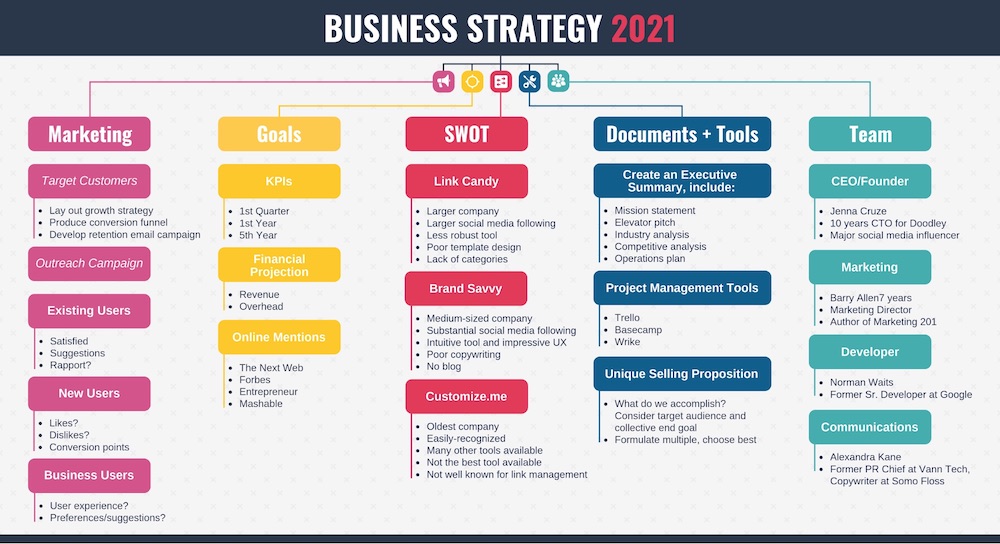 53 53 |
| Stamford | $51,705 | $4,309 | $994 | $24.86 |
| Bellevue | $51,588 | $4,299 | $992 | $24.80 |
| Lakes | $49,778 | $4,148 | $957 | $23.93 |
| San Francisco | $49,767 | $4,147 | $957 | $23.93 |
| Palmdale | $49,231 | $4,103 | $947 | $23.67 |
| Santa Clara | $49,044 | $4,087 | $943 | $23.58 |
| Hertford | $48,947 | $4,079 | $941 | $23.53 |
| Pasadena | $48,768 | $4,064 | $938 | $23.45 |
| Glendale | $48,483 | $4,040 | $932 | $23.31 |
Often, the lower cost of living can be a determining factor in choosing a location.
The average salary of an employee under the contract of an ordinary soldier or sergeant is approximately 51160 per year. However, service with contractors is sometimes more dangerous.
As of May 2021, the monthly salary of a military officer in America is approximately $5,000 per year (before taxes). This is approximately 28.9$0 an hour, $1,158 a week, or over $60,000 a year.
Annual salaries vary greatly depending on rank, years of service, and other factors: American officers receive between $19,500 and $118,500 a year. At the same time, the highest paid employees (10%) earn an average of $83,500 per year.
As a general rule, officers, as in the US military in general, receive different incomes, depending on the state in which they live and serve. Here is a list of the states with the highest earnings in the US military:
| State | per year | Per month | per week | per hour |
| Washington | $67,012 | $5,584 | $1,289 | $32. 22 22 |
| Maryland | $66,159 | $5,513 | $1,272 | $31.81 |
| Nebraska | $64,779 | $5,398 | $1,246 | $31.14 |
| Virginia | $63,930 | $5,327 | $1,229 | $30.74 |
| New York | $63,855 | $5,321 | $1,228 | $30.70 |
| Delaware | $61,934 | $5,161 | $1,191 | $29.78 |
| New Hampshire | $61,774 | $5,148 | $1,188 | $29.70 |
| Oklahoma | $60,207 | $5,017 | $1,158 | $28.95 |
| California | $59,986 | $4,999 | $1,154 | $28.84 |
| Massachusetts | $59,175 | $4,931 | $1,138 | $28.45 |
